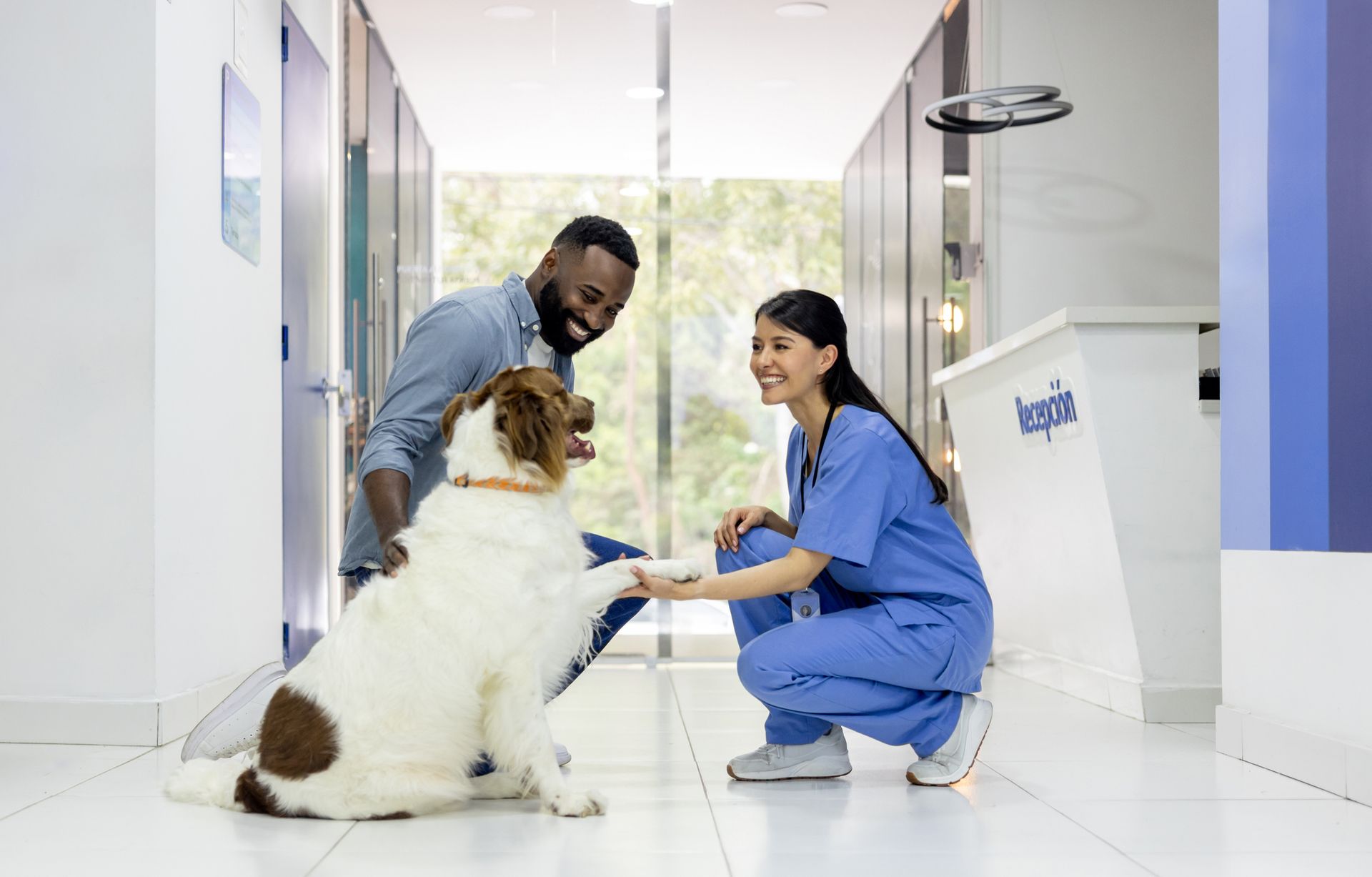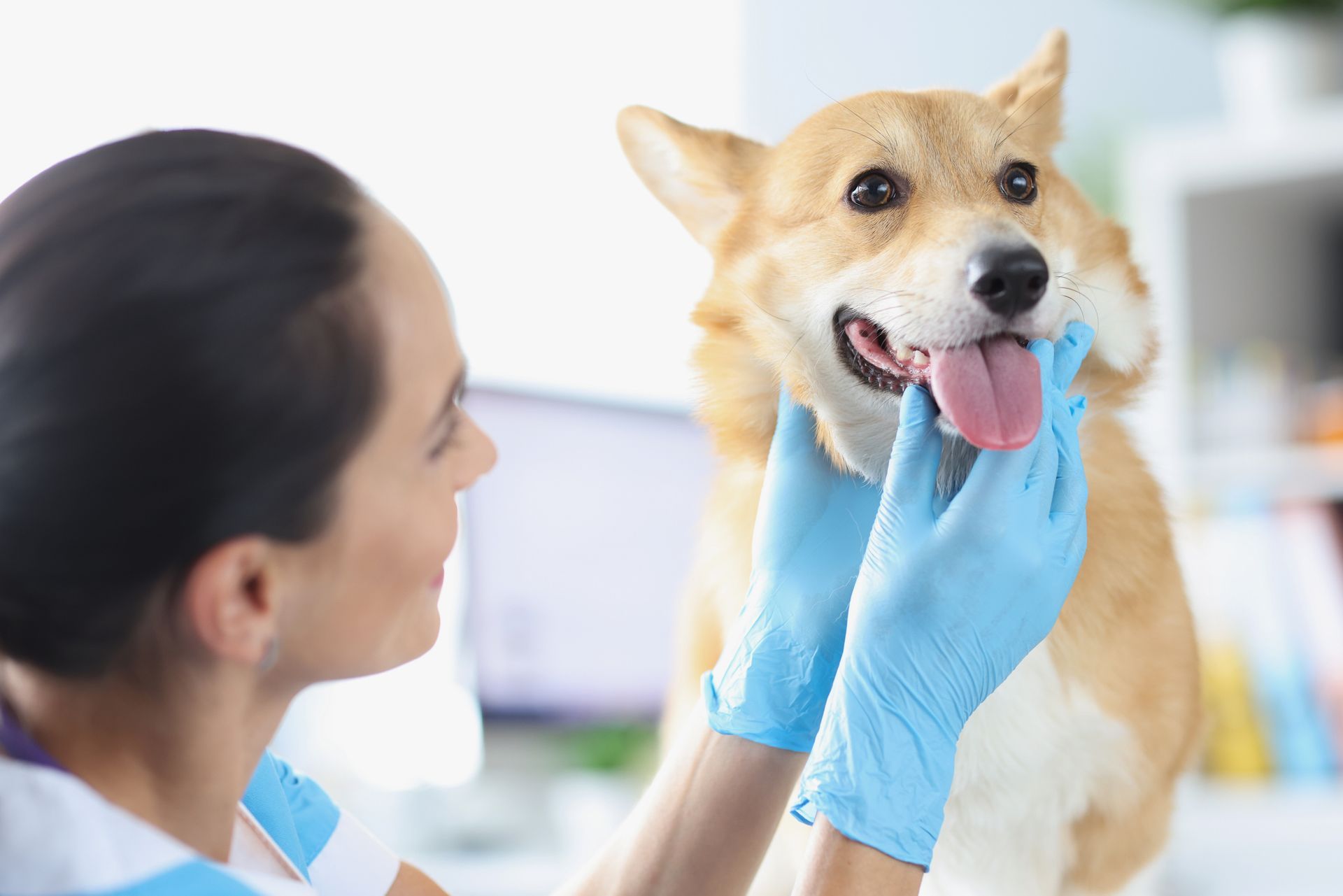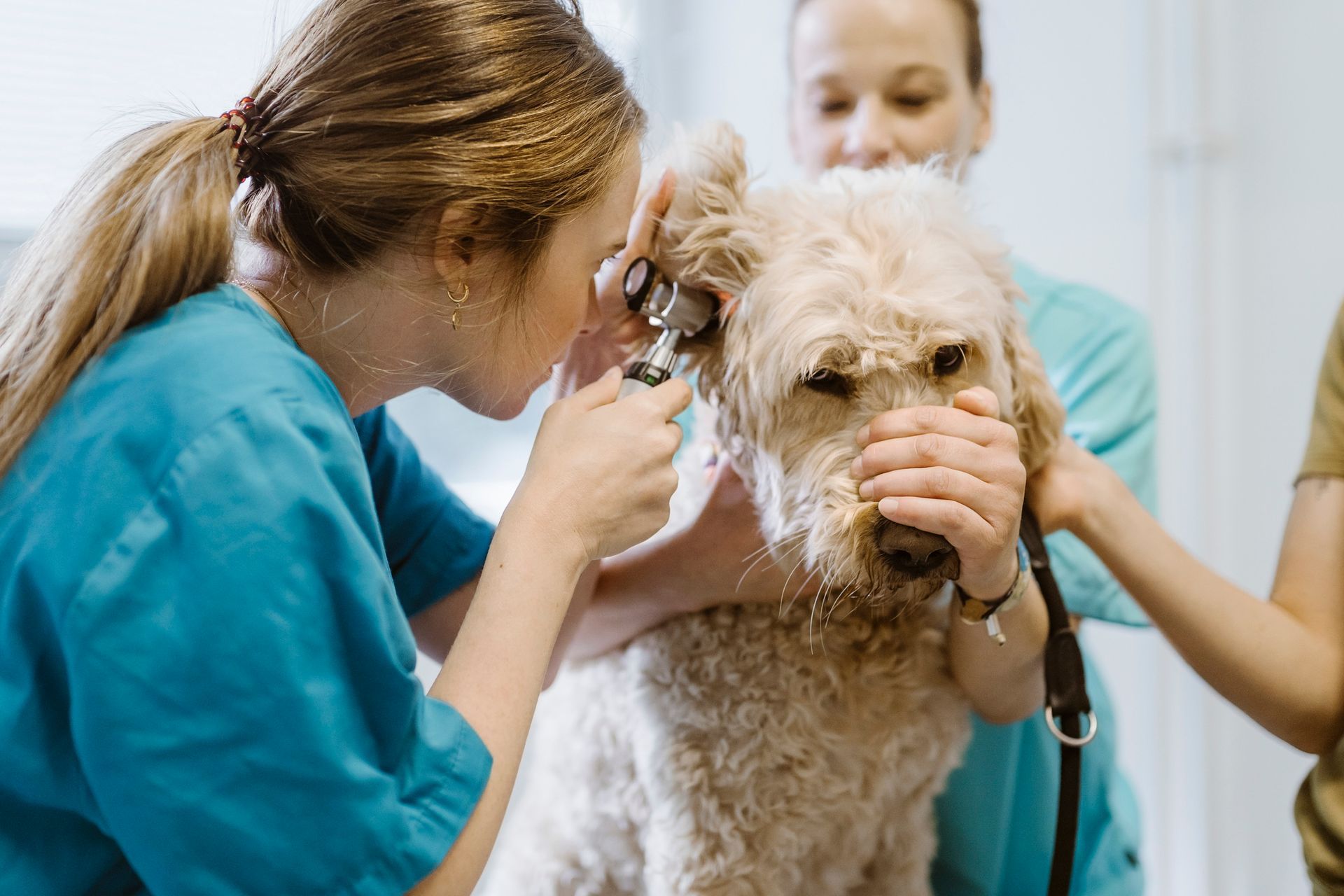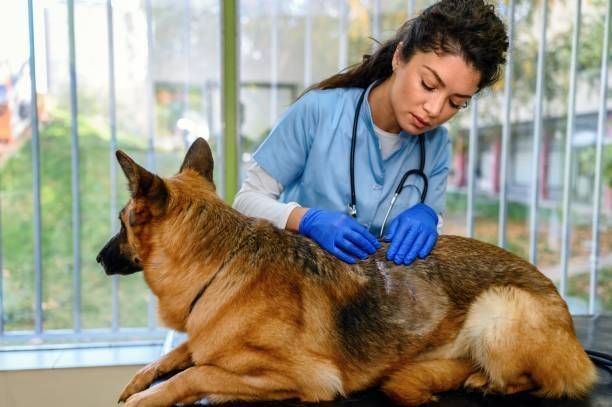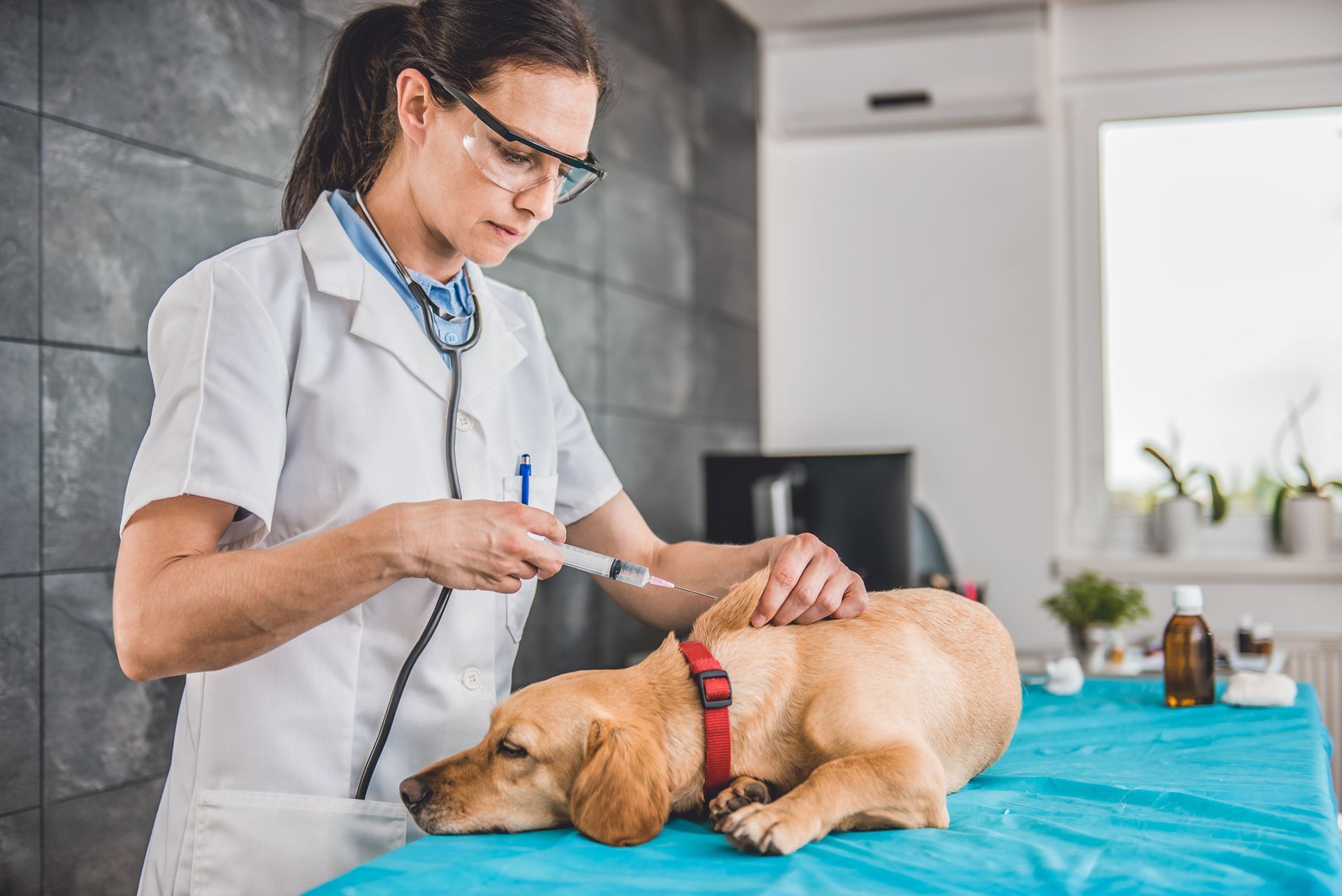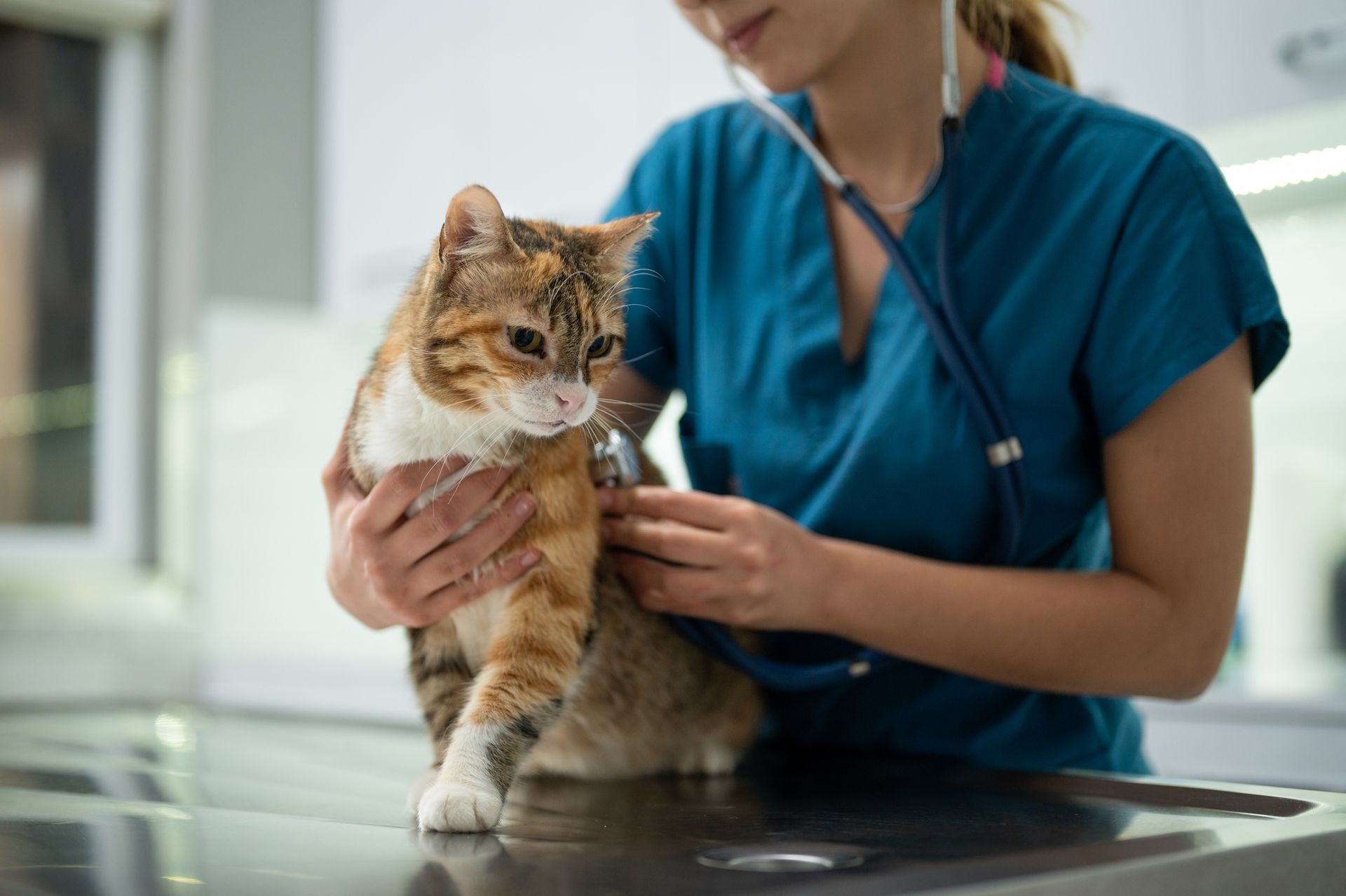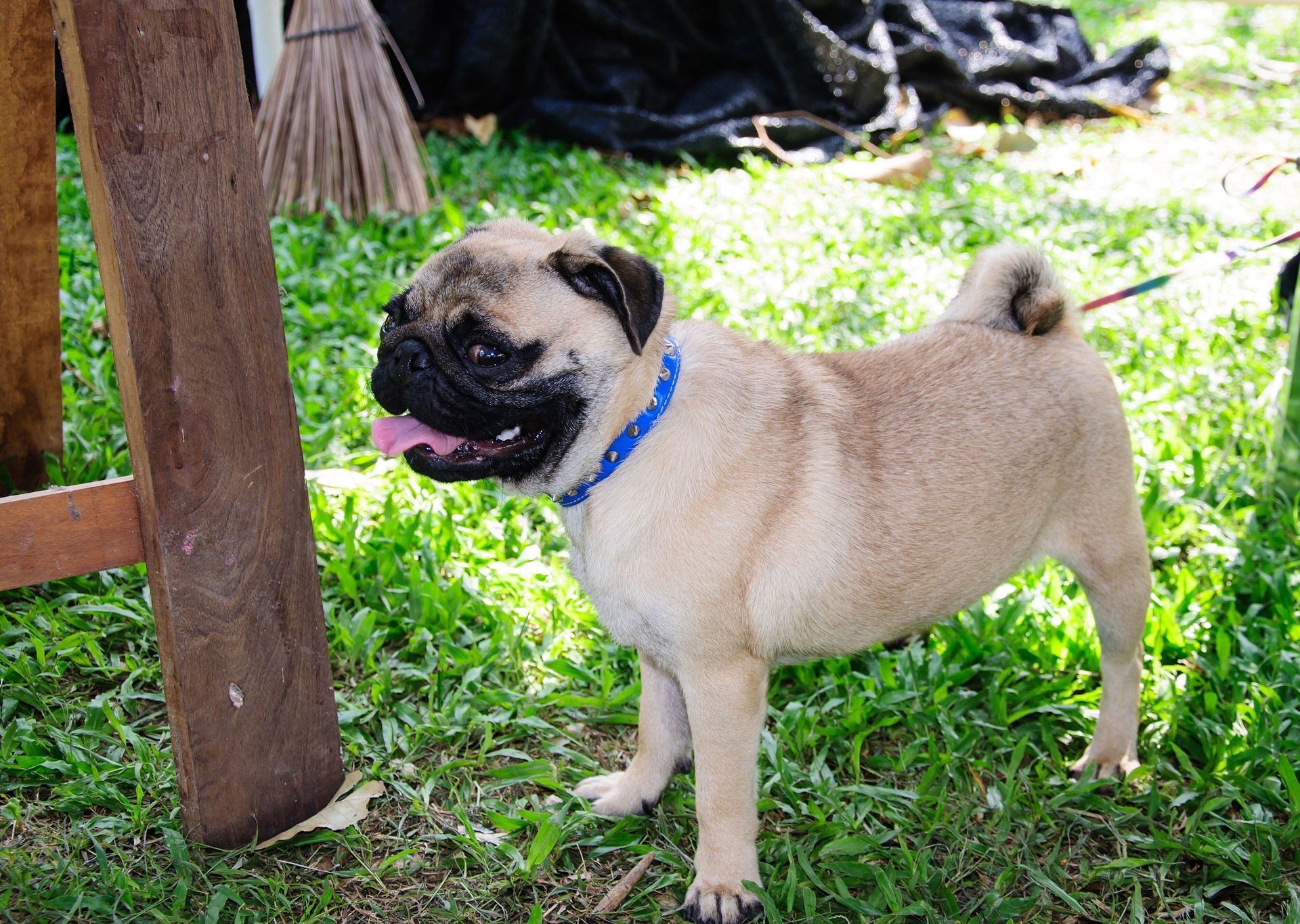4 Key Points About Lick Granulomas in Dogs
January 27, 2021

The sight of your dog licking one of its paws or forelegs doesn't normally present any cause for concern. However, obsessive licking of a particular point on the body can damage the skin, leading to an open sore known as a lick granuloma or acral lick dermatitis. A lick granuloma can cause pain and pave the way for infection.
As a concerned dog owner, you can benefit from a basic understanding of lick granulomas, from their causes and symptoms to effective treatment and prevention strategies. Take a look at the following four key points about lick granulomas in dogs.
1. Causes
Dogs may lick their forelegs or wrist joints for a variety of reasons. The more obvious causes
include physical pain, itching, or irritation in the foreleg. Osteoarthritis, peripheral neuropathy (nerve pain), insect bites or stings, and itching from allergies can all cause a dog to lick at the discomfort in an effort to soothe it.
Obsessive licking can also have psychological causes. Repeated licking can spur the release of pleasure-giving chemicals called endorphins, prompting dogs to lick as a response to boredom, anxiety, stress, or obsessive-compulsive disorder (OCD).
2. Risk Factors
Medium and large breeds of dogs appear to have a higher risk for lick granulomas than small breeds. The condition often occurs in Irish Setters, Golden Retrievers, Doberman Pinschers, Labrador Retrievers, and Great Danes. However, any dog can develop a lick granuloma problem given the right circumstances.
Lick granulomas occur more frequently in highly active dogs who spend large amounts of time by themselves, with nothing to do and no one to interact with (a situation that can create separation anxiety). Dogs who suffer from chronic pain conditions also run a higher risk for developing lick granulomas.
3. Symptoms and Complications
A typical lick granuloma consists of a bare, hairless patch on the foreleg, often near the foot. Less commonly, a lick granuloma may develop on a rear leg or at the base of the tail. The affected area may appear red, inflamed, swollen, shiny, or bloody. Most lick granulomas develop on the left leg.
The open ulceration characteristic of a lick granuloma can easily develop a secondary bacterial or yeast infection. Your dog may also suffer from ruptured hair follicles or sweat glands. Dogs plagued by these complications may display additional symptoms such as malaise, appetite loss, and fever.
4. Treatment and Prevention
Your veterinarian will perform diagnostic tests to pinpoint the underlying cause of your dog's obsessive licking. For example, X-rays can reveal the presence of osteoarthritis, while skin samples can eliminate other possible issues such as mange. Allergy testing can determine whether your dog's itching stems from a particular allergen.
The first step in treatment involves dealing with the wound itself. Treatment with corticosteroid medications can ease pain, inflammation, and swelling. Your veterinarian may also prescribe oral or topical antibiotics to get a secondary bacterial infection under control. You may also receive recommendations for soothing home remedies.
Long-term control of a lick granuloma problem hinges on the treatment of underlying causes and triggers. Some dogs may need ongoing chronic pain management for a joint disorder, while others might need a hypoallergenic diet or other anti-allergy strategies. Anxiety or OCD may call for ongoing medication and/or behavioral training.
You may discover that some changes in your dog's routine can help relieve psychological lick granuloma issues. If your dog enjoys the company of other pets and people, consider placing it in a daycare or boarding facility when you can't spend time with it yourself. This companionship can ease feelings of loneliness and anxiety.
If you notice your dog engaged in obsessive licking habits or see a spot that resembles a lick granuloma, bring your best friend to Baywood Animal Hospital for evaluation and treatment. Contact
our veterinary office to schedule an appointment.

